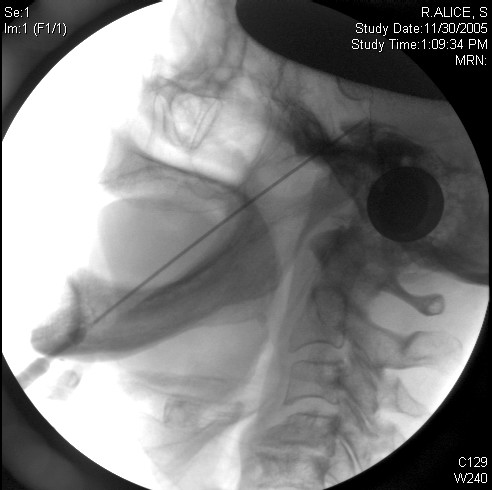Trigeminal Neuralgia (TGN) is the most painful condition known to medicine. It is commonly referred to as the "suicide disease". It is characterized by electrical shock like pains in the face. Talking, eating, a light touch, or wind hitting the face can trigger an attack. Some patients have teeth extracted thinking the teeth are the source of the pain. The cause in most cases is a blood vessel around the brain impacting the trigeminal nerve as it exits the brainstem. Surgery pioneered by Dr. Peter Jannetta, microvascular decompression(MVD), treats the cause of trigeminal neuralgia by protecting the nerve (cranial nerve V, the trigeminal nerve) from the offending blood vessel. Dr. Kalia was fortunate to have completed his neurosurgical training under Dr. Jannetta. Many studies have demonstrated that the Jannetta procedure (MVD) is the treatment of choice in patients who have failed medical therapy. Another procedure, Glycerol rhizotomy, is an excellent option for patients who may not tolerate the Jannetta procedure. It works well, carries a very low risk of causing numbness in the face, has a very low complication rate and patients are discharged within a few hours of surgery. The chance of trigeminal neuralgia returning is, however, higher than with the Jannetta procedure (there's always a compromise!) Glycerol rhizotomy is done with local anesthesia with sedation. It can take up to 2 weeks to work. Hemifacial Spasm, involuntary spasms of the muscles on one side of the face is also cured in most cases by the Jannetta procedure treating the facial nerve, cranial nerve VII. Our 5 year data for the Jannetta precedure was presented at the Congress of Neurological Surgeons meeting Boston, MA in October 2014
The main treatment options for TGN if medication is not working are the Jannetta procedure, rhizotomy, and radiosurgery. Your doctor can discuss with you which option for treatment is best for you.
